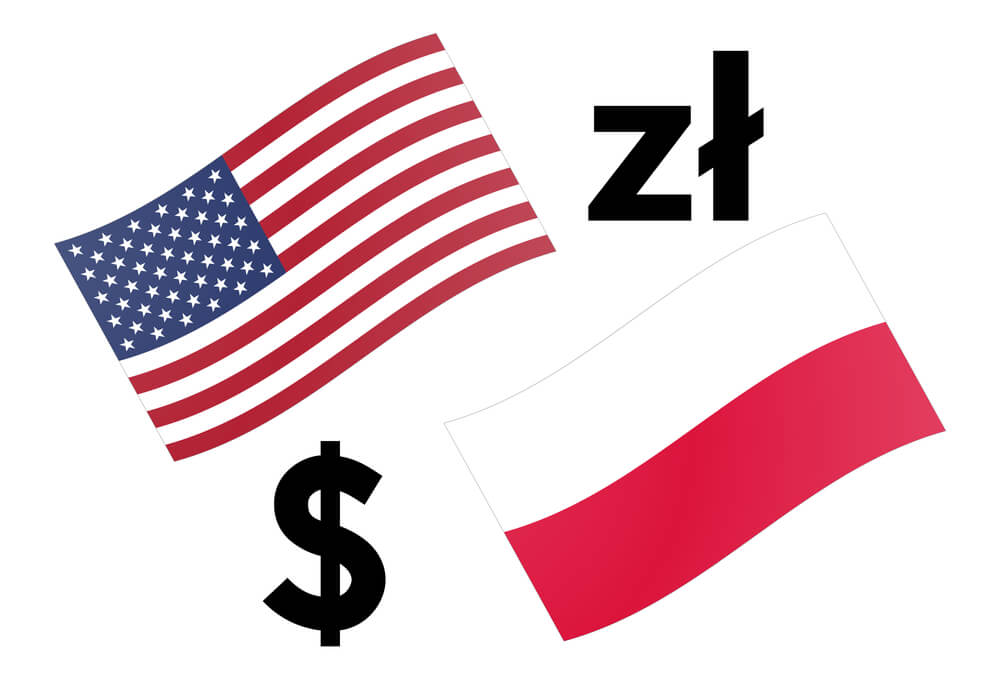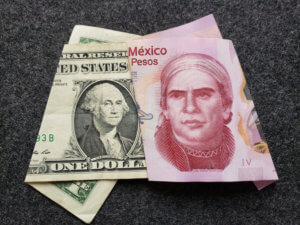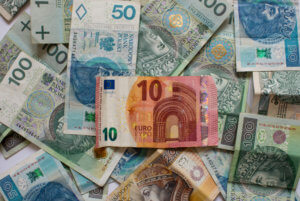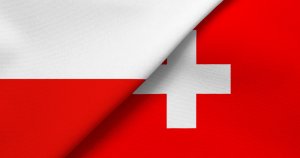Introduction
USD/PLN is the abbreviation for the US dollar against the Polish Zloty. It is an emerging currency pair in the forex market. The volatility in this pair is high, and the trading volume is less compared to major and cross currencies. In this pair, USD is the base currency, and PLN is the quote currency.
Understanding USD/PLN
The value of this pair determines the value of PLN that is equal to one US dollar. It is quoted as 1 USD per X PLN. For example, if the value of this pair is 3.8146, then around 4 PLN is required to buy one USD.

Spread
In forex, one of the most used terms is the spread. Spread is the difference between the bid price and the ask price of the market. This value is decided by the broker and varies from the type of account model.
ECN: 18 pips | STP: 21 pips
Fees
There is some fee on every trade you execute. And this, too, varies from type of account model. For instance, there is no fee on the STP account and a few pips on ECN accounts.
Slippage
Slippage occurs only on market orders. By definition, it is the difference between the trader’s required price for execution and the actual price the order was executed. This value depends on the broker’s execution speed and the market’s volatility.
Trading Range in USD/PLN
Assessing the profit that you can make and the loss that you can incur is a vital risk management tool. And below is a table that represents the minimum, average, and maximum volatility in different timeframes, which will help determine profit/loss values.

Procedure to assess Pip Ranges
- Add the ATR indicator to your chart
- Set the period to 1
- Add a 200-period SMA to this indicator
- Shrink the chart so you can determine a large period
- Select your desired timeframe
- Measure the floor level and set this value as the min
- Measure the level of the 200-period SMA and set this as the average
- Measure the peak levels and set this as Max.
USD/PLN Cost as a Percent of the Trading Range
An excellent application to the above table is the cost as a Percent of the Trading Range. The below tables illustrate how the cost varies based on the volatility of the market. And these values will help us an idea on the best times of the day to enter into this currency pair.
ECN Model Account
Spread = 18 | Slippage = 3 |Trading fee = 3
Total cost = Slippage + Spread + Trading Fee = 3 + 18 + 3 = 24

STP Model Account
Spread = 21 | Slippage = 3 | Trading fee = 0
Total cost = Slippage + Spread + Trading Fee = 3 + 21 + 0 = 24

The Ideal way to trade the USD/PLN
Before getting right into it, let us comprehend what the tables actually mean. The higher the value of the percentage, the higher is the cost of the trade and vice versa. From the table, we can clearly ascertain that the percentages are high in the first (min) column, indicating that the costs are high when the market volatility is low.
Now, talking the ideal time to trade this currency pair, you may trade this pair during those times when the volatility is above the average values. In doing so, you will be assured with sufficient volatility and low costs as well.
Furthermore, if you wish to reduce your costs much more, you may place orders using the limit/stop instead of the market. This will completely nullify the slippage on the trade and will, in turn, bring down the total costs significantly. As an example, the above table, when the slippage is made, is nil is illustrated below.







